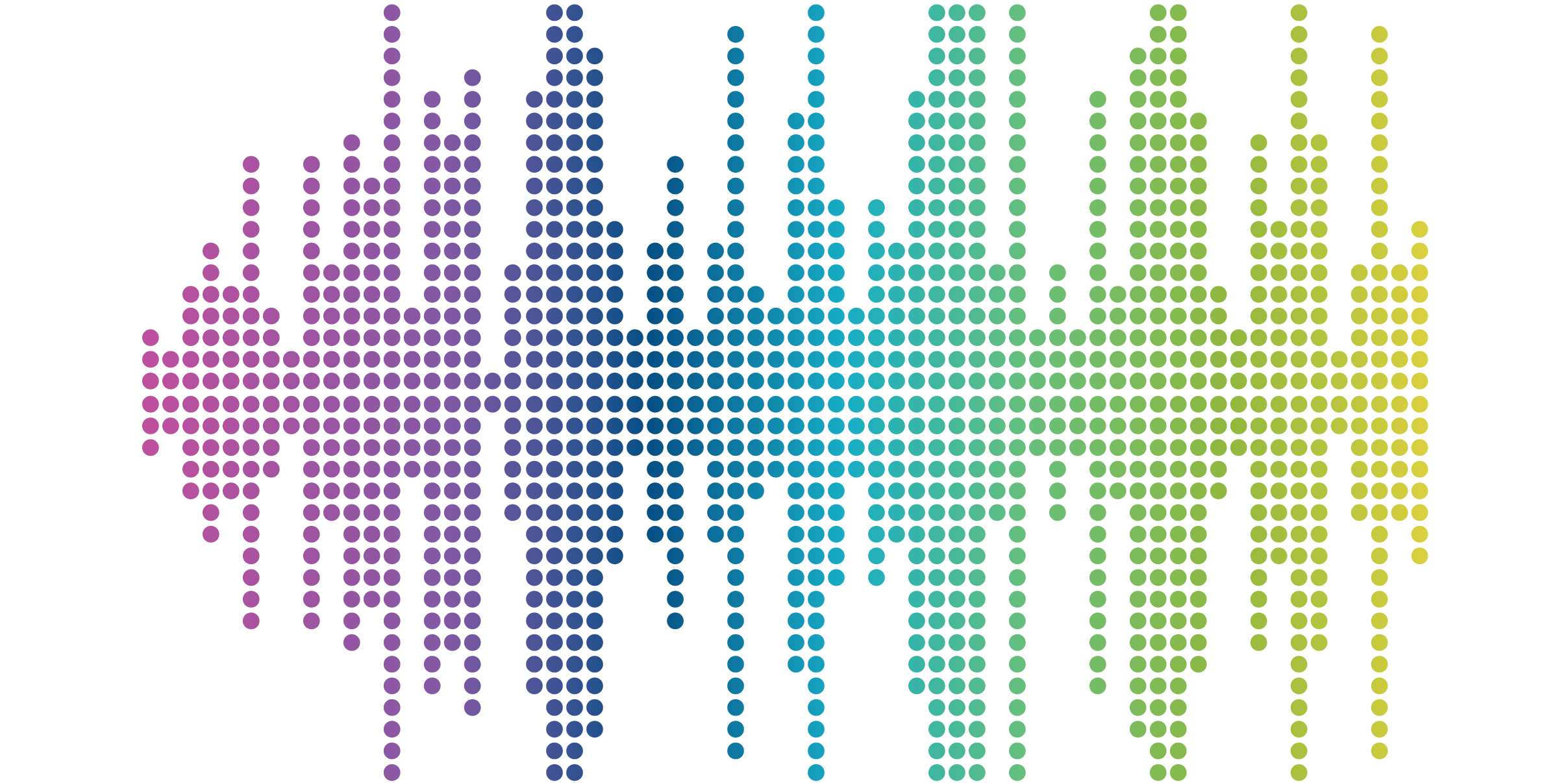
The New European Accessibility Act Is Now in Effect: How to Meet EAA Compliance

SUMMARY
The European Accessibility Act (EAA), effective June 2025, sets a unified standard for accessibility across the EU. Websites must comply with WCAG 2.1 via EN 301 549, with penalties for non-compliance varying by country. Below we share some tips and tools to help businesses maintain accessibility and avoid fines.
Table of Contents
- Introduction
- What is the EAA, Who It Applies To, and Its Implications
- Ramifications of the EAA
- How to Tell If Your Site is Compliant
- Process and Tools for Addressing Compliance Violations
- Next Steps
Introduction
As of June 2025, the European Union has passed the European Accessibility Act. This act intends to create a uniform set of rules around accessibility for all member countries of the European Union. While the act provides standards on a wide range of items from televisions to ATMs, it also includes standards for website accessibility for both desktop and mobile.
Before the passing of this act, member countries of the European Union had their own standards for accessibility compliance, which led to inconsistency throughout the European Union. With the passing of the EAA, people can expect a uniform standard as they travel through the EU.
What is the EAA, who it applies to, and the implications of the passing of this act
EAA compliance focuses on products and services that require accessible options in order to be used. Specifics include computers and smartphones, so focusing on making sure your website is compliant will allow you to ensure you are in compliance with the EAA standards and deliver a more inclusive web experience. Additionally, EAA compliance focuses on establishing accessibility standards for websites for businesses in the private sector. Prior to the EAA, the private sector didn’t have a set of universal accessibility standards compared to their public sector counterparts.
When it comes to the specific standards of the EAA, the Act lays out what items and systems the guidelines apply to, as well as the corresponding standard for accessibility. However, the EAA doesn’t get into specific solutions for updating to achieve the new standards.
For websites, the EN 301 549 seems to be the prevailing standard for addressing accessibility violations. The requirements laid out in EN 301 549 reference WCAG 2.1, so we are able to use those standards to ensure a website is compliant with the European Accessibility Act.
Ramifications of the EAA
While the standard for compliance is uniform among the member countries of the EU, the penalty for non-compliance can vary from country to country. The typical penalty for continued non-compliance is a fine.
How to tell if your site is compliant
In order to confirm your site is compliant, the first step would be to have an accessibility audit conducted on your website from a digital agency like Sandstorm or an independent accessibility firm. The audit will be configured to flag accessibility violations of the standards laid out in WCAG 2.1.
From there, you would be able to understand the types and frequency of accessibility violations currently present on your site. Additionally, the audit report would outline what steps are necessary to address each of the violations.
Process and tools for addressing EAA compliance violations
In order to maintain a compliant website, a two-step approach is recommended. Ongoing website accessibility audits to confirm that the accessibility fixes are properly addressing the violations would be a good first step. Over time, as you roll out new features or content on your website, new opportunities to inadvertently create accessibility violations appear. Ongoing checks greatly reduce your risk of new violations piling up.
Additionally, train content authors to prevent repeat violations from reappearing. Reviewing a list of common content accessibility violations on your site allows for tailored training for content authors.
An additional consideration is adding Editoria11y to help identify accessibility violations before they are published on your website. Real-time feedback on violations helps to break bad authoring habits and reduce the likelihood of non-compliant content being published on your site.
Next Steps
Maintaining accessibility is not just about compliance, but about creating inclusive digital experiences that serve everyone. If you’re ready to ensure your website meets EAA standards and delivers a better experience for all users, connect with us to get started.




